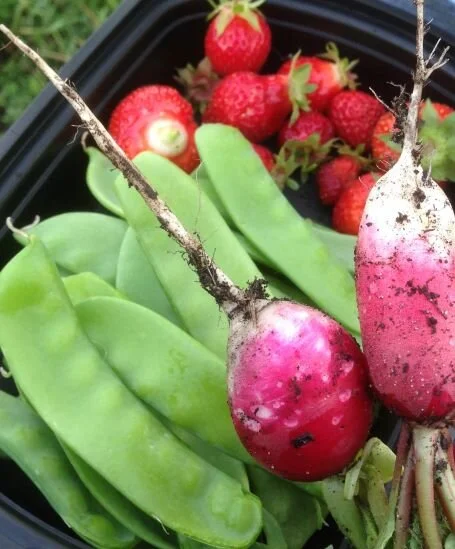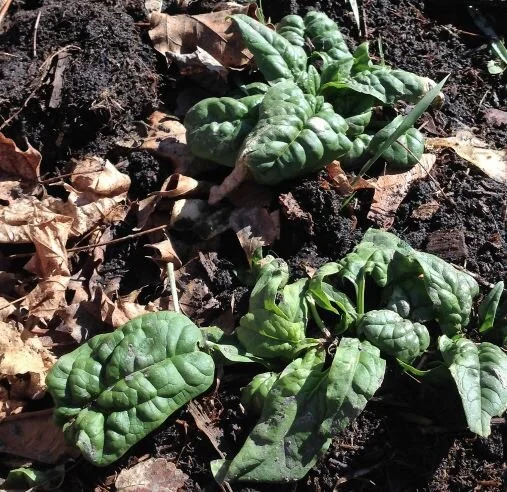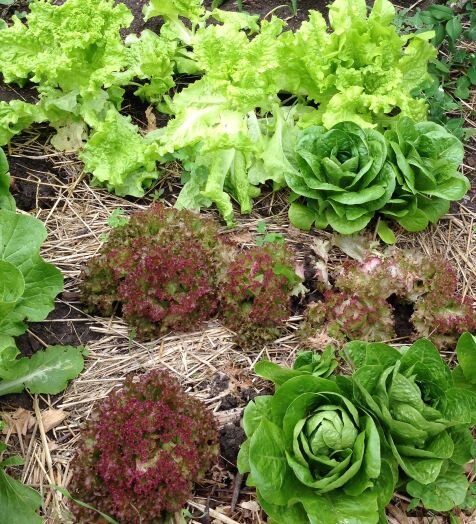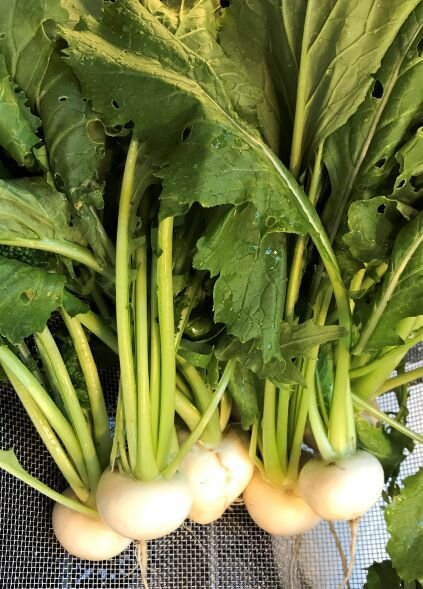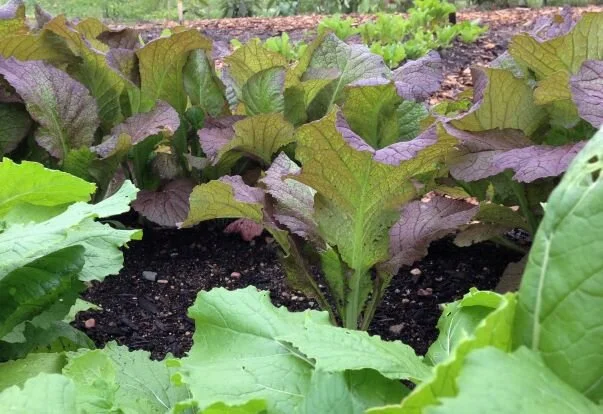Have a plot or garden pot available? Time for direct seeding!
Consider direct seeding your garden, raised bed or containers
The Cold Crop sections of the little free cabinet seed distributions are now being stocked with seeds that can be directly sown into garden plots. If you have a garden space available to you right away, consider getting some spring greens, peas or other cold tolerant veggies into the ground now. Soil temps are warming fast and many inground plots, raise beds or containers could sustain seeds from the crops listed below:
Artichoke, Asparagus, Beet, Bok Choi, Broccoli, Brussels Sprouts,Chive, Cabbage, Cardoon, Carrot, Cauliflower, Celeriac, Celery, Chard, Chicory, Chinese Cabbage, Daikon, Dandelion, Endive,Florence Fennel,Horse-radish, Kale, Kohlrabi, Leek, Lettuce,Mustard, Onion, Pak Choi, Parsley, Parsnips, Pea (English, Snow, Snap), Radicchio, Radish, Rutabaga, Scallions, Shallot, Spinach, Swiss Chard, Turnip
This is quite a list! It’s from Penn State Extension. Soil temperatures are the key to germination and they can really vary from place to place, even in your own yard. Which crops you try in your locations in this very early season timing is always an experiment, though take confidence that you can replant if germination does not happen.
The hardiest of the cold crops
Some of these crops have better odds at success if grown as a seedling transplant. Seeds Savers Exchange have made an easy to follow graphic that gives us an idea of which cold crops are the toughest and which might need a bit more TLC. The most tolerant of our options will be kale, kohlrabi, peas, spinach, radish and turnips.
You can support less hardy seedlings with a physical cover if needed- such as a bed sheet on an extra cold night, or with season extension coverings. The UMN provides a wide list of ways to do this in this webpage, but get creative with what you have. A bottomless milk jug over a small plant can work. I have one raised bed now covered with thick clear plastic from a neighbor’s mattress delivery held on by binder clips. On sunny days and rainy days, I open it up. Though it will probably stay covered most of time during April, maybe even into early May if there is an unusual cold snap.
Never direct seeded before?
In general, you can follow the back of the package, especially for seed depth. Try not to plant seeds deeper than recommended which can prevent them from germinating. Often in urban gardens you can tighten spacing a little than what is recommended on the package, especially for raised beds and containers or fertile garden soil. For guidelines on tighter spacing, look into the square foot method of vegetable planting.These types of charts help you to know the maximum plants of each type can go into 1 square foot in good soil conditions. Want to watch some direct seeding in action? Here is a video to give you the idea.
